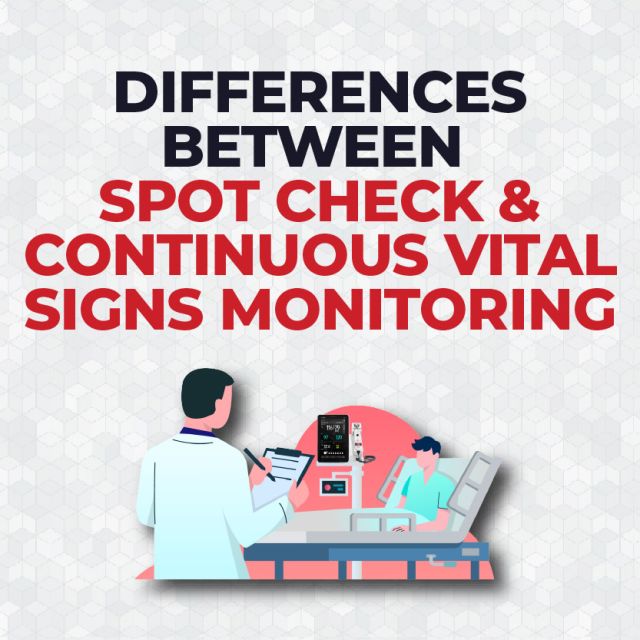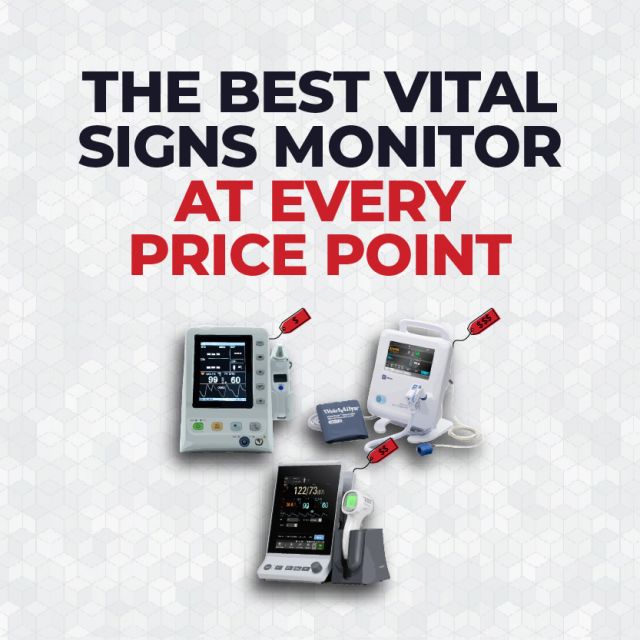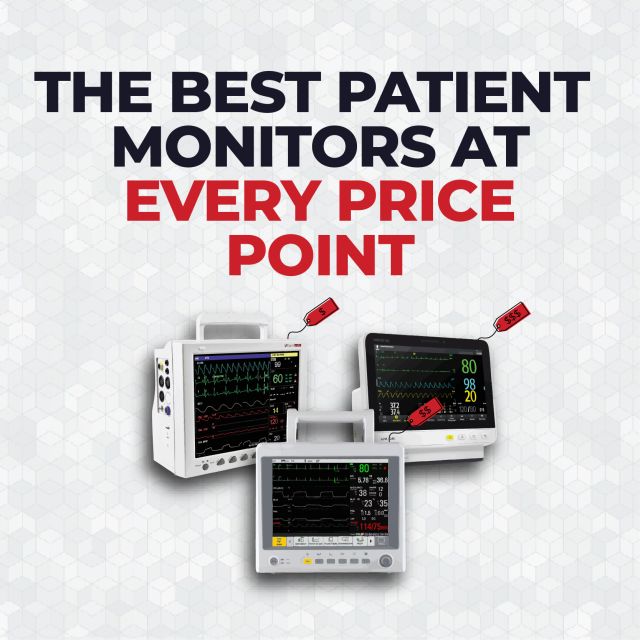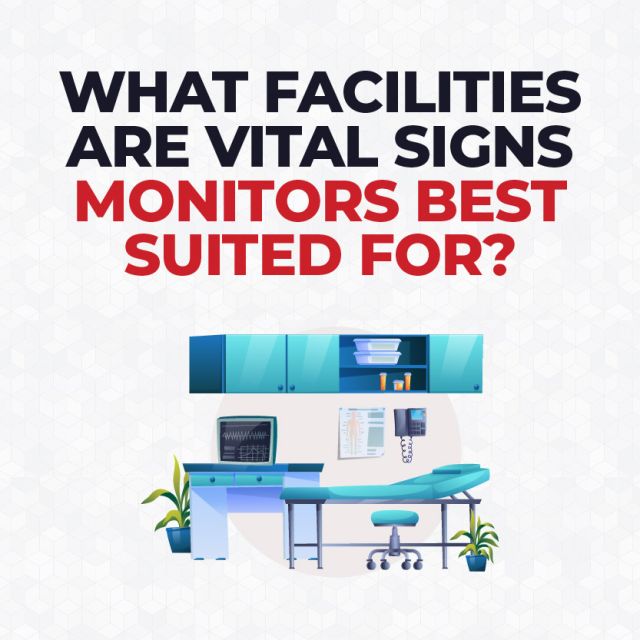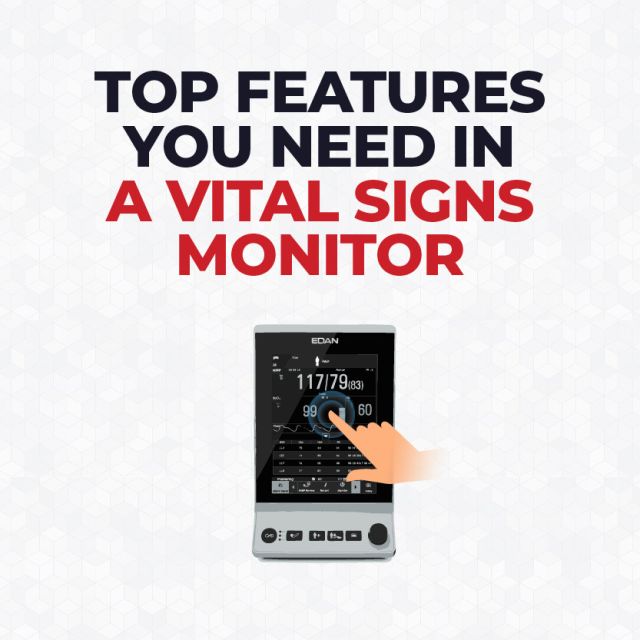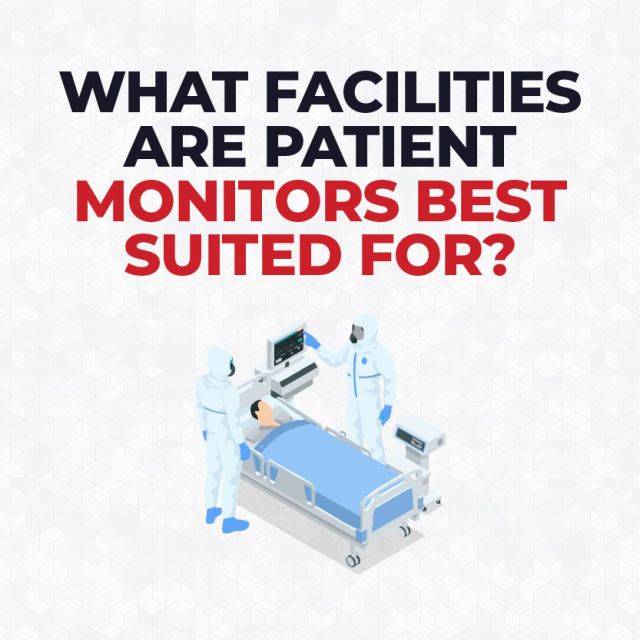Vital Signs Monitor vs. Patient Monitor: Which Do You Need?
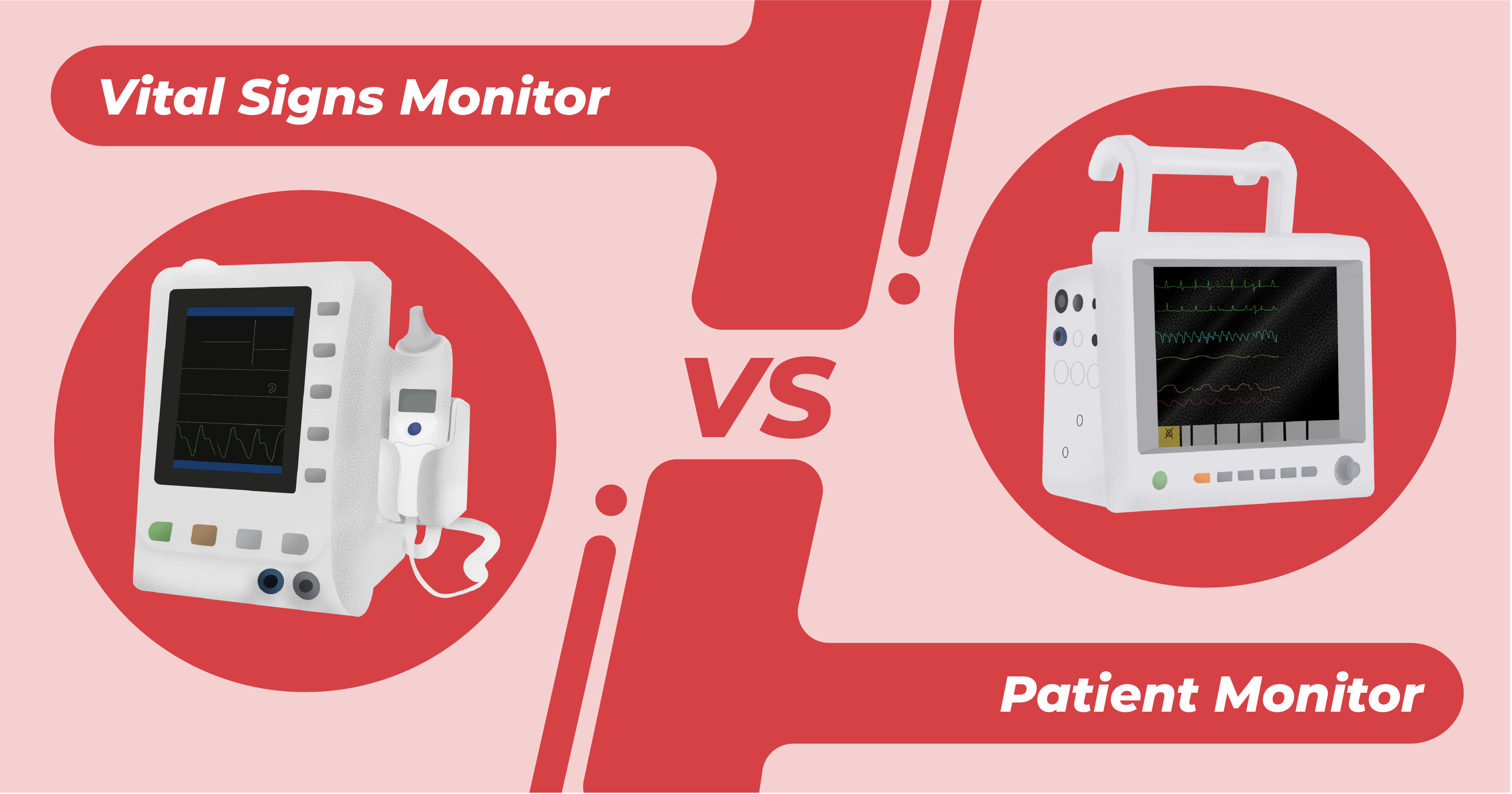
Introduction
Vital Sign Monitors and Patient Monitors are popular medical monitors in the healthcare industry. Both are essential for practitioners to determine the overall health of patients and track medical conditions.
However, there are key differences to consider when looking to buy for your medical practice. In this article, we’ll break down both machines and help you decide which one best fits your needs.
What is a Vital Signs Monitor?
Vital Sign Monitors measure basic vitals of a patient accurately and efficiently. These include: Pulse Rate, Blood Pressure, Oxygen Saturation and Body Temperature.
Medical professionals take the information from a vitals monitor to determine a clear diagnosis and provide medication or treatment. For more information on normal vital signs, click here.
Information to Consider
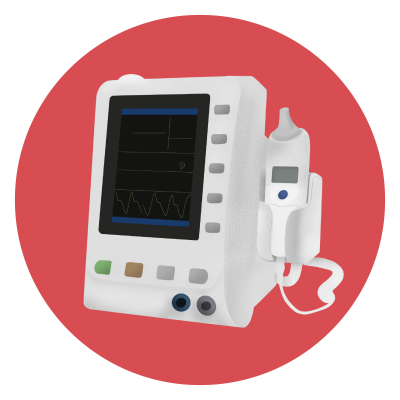
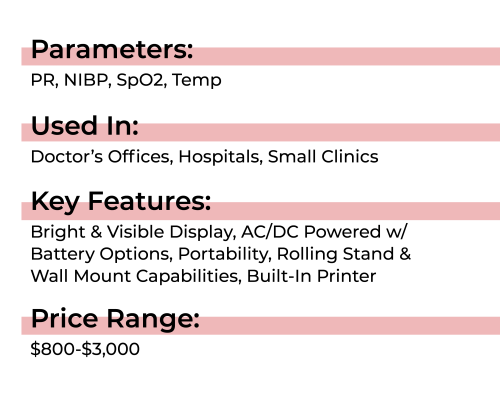
What is a Patient Monitor?
Patient Monitors, also referred to as Multi-Parameter Patient Monitors, track more than basic vitals. They can also record ECG, ETCO2, SPO2, EMG, IBP and more.
Specifically, their primary usage involves patient monitoring those challenging and unpredictable medical needs.
While Patient Monitors are more versatile than Vital Signs Monitors, they can be more difficult to navigate and also more expensive.
Information to Consider
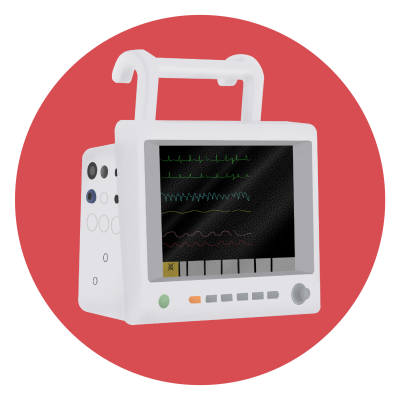
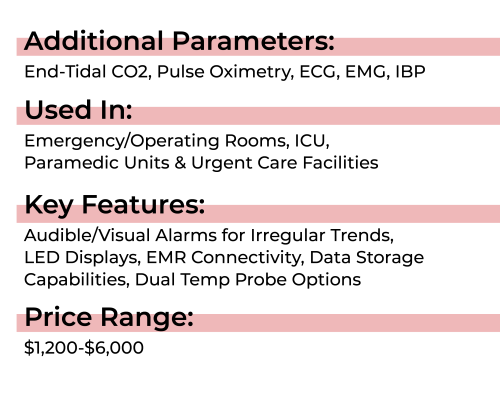
Which is Best For You?
It’s important to consider your medical facility needs when deciding between a Vital Signs Monitor and a Multi-Parameter Patient Monitor.
For example, are you doing routine blood pressure tests? Are you performing surgeries? Ask yourself what parameters you will be measuring before making a purchase.
Furthermore, it’s also important to consider other factors, such as:
Acuity ratings is a system that nurses use to assign the appropriate level of care to patients. In general, low-acuity patients are healthier and more stable. On the other hand, high-acuity patients are those that are severely ill or require more observations from nurses/doctors.
Vital Signs Monitors are capable of routine blood pressure tests and low-acuity monitoring. However, it’s essential to use a higher-end Patient Monitor for surgical procedures or high-acuity monitoring.
Patient Monitors have a wide range of optional features and parameters that can be added to standard models. As a result, they have greater overall utility and can be 25 to 50% more expensive than Vital Signs Monitors.
First, consider what parameters you currently measure. Then, figure out which is the best value for your price range.
Closing
To recap, understanding what you need from your monitor will put you in a better position to pick the best device for your practice.
The major differences between them are: Parameters, Environment, Key Features, and Costs. Be sure to consider all these factors when doing your research.
For more information, please check out our Comprehensive Buying Guides for Vital Signs Monitors and Patient Monitors.


